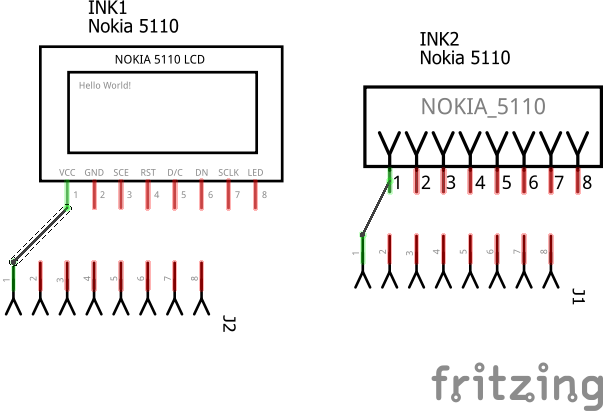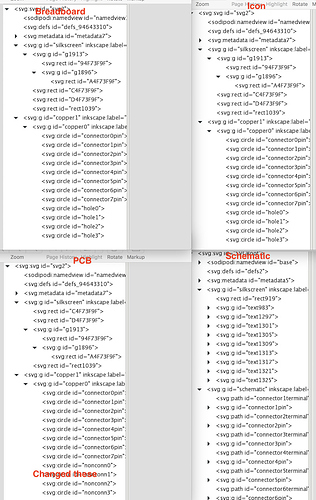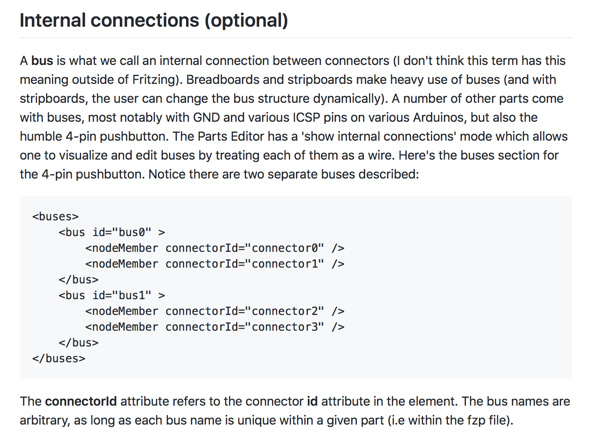Peter, Thanks for the comments…
Regarding the re-name of Holes to “nonconn”. Agree and started to do it (as shown on PCB in screenshot).
Regarding the Schematic - graphic: Was torn between similar to yours and what I ended up with. Preferred mine for economy of size. Also, as mentioned in my write-up in post; the fonts are not as Fritzing wants (my eyes are 70yrs old and cannot see the light gray tiny fonts).
[Also, not mentioned - For the Two-Row Version,I chose to sequentially number the pins rather than duplicate them as that’s how I wired my hardware.]
Regarding the Wire connects on the terminals. Agree (though I left them as-is because it seems many/most of the parts I use also connect at the center. But, at the end of the terminal makes much more sense and will change them).
Scaling? Why did you rescale them and what was wrong with the scale? My Inkscape is set to Inches and the default of 96px/inch.
Really, really weird! Re-Opening the files in Inkscape:
Hole stroke-width: they were set to 0 but, reopening the files shows them at 0.01
Lacking correct ID’s… even more weird - you can see in the image that all ID’s and Layer names are set to what I believe is correct. So, I’m, either not sure of what you’re referring to or, something software-wise is happening???
You mention an SVG issue if exporting from Fritzing will ‘Fail’: The files I posted were Exported from Fritzing so, if you were able to open them, and, indeed check-out the part, well, I’m further puzzled…
I see your files are nicely flowed and you must have manually re-arranged/re-flowed them - did you do it in an editor? Perhaps your editor removed the ID’s ( I’ve noticed that Inkscape sometimes does a re-naming if it doesn’t like an ID or is duplicated or it’s contents have changed. FYI - I use a Mac.
 ). These are a nice cheap display and there is a nice library available from Sparkfun. That said your part has a few issues (mostly in schematic, and mostly style, yours works just fine mostly). Both breadboard and schematic are lacking the correct layerIds. The only thing I know that affects is svg export of the part from Fritzing will fail. The holes in pcb should be labeled nonconn0-4, with a stroke-width of 0. This is secret Fritzing code that causes the gerber output to only put the hole in the drill file (yours will work but it puts copper on the copper layers which the drill will then drill out). I changed schematic to look like this (mine on the left yours on the right):
). These are a nice cheap display and there is a nice library available from Sparkfun. That said your part has a few issues (mostly in schematic, and mostly style, yours works just fine mostly). Both breadboard and schematic are lacking the correct layerIds. The only thing I know that affects is svg export of the part from Fritzing will fail. The holes in pcb should be labeled nonconn0-4, with a stroke-width of 0. This is secret Fritzing code that causes the gerber output to only put the hole in the drill file (yours will work but it puts copper on the copper layers which the drill will then drill out). I changed schematic to look like this (mine on the left yours on the right):

